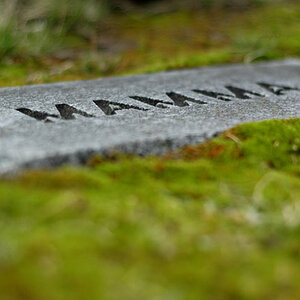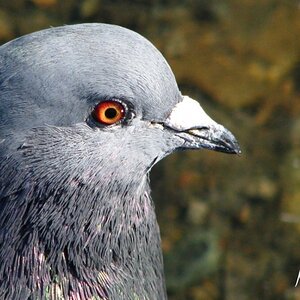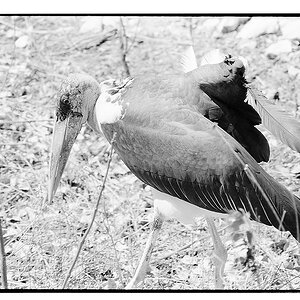aggiezach
Yup...
- Joined
- Feb 23, 2004
- Messages
- 2,132
- Reaction score
- 24
- Location
- TX
- Website
- jessandzach.com
- Can others edit my Photos
- Photos NOT OK to edit
Ok so I have this negative of something I shot in pretty much the harshest light possible (noon!, I know, I didn't have a choice sorry!!  ) So the half of the subject that was in the sun I need to burn a bit and the half that was in the shade I need to dodge. ( I think thats right) being that I'm new to this part of printing. how do you go about dodging or burning multiple spots on an image? Do you do it all at once by just moving from point to point? Or do you reduce your exposure time and just expose the image more than once and focus on certain areas during each exposure? I've printer 4 or 5 different photos trying different technique (all were just one long exposure) and a couple came out ok, but I can still improve them. (can always improve!! )
) So the half of the subject that was in the sun I need to burn a bit and the half that was in the shade I need to dodge. ( I think thats right) being that I'm new to this part of printing. how do you go about dodging or burning multiple spots on an image? Do you do it all at once by just moving from point to point? Or do you reduce your exposure time and just expose the image more than once and focus on certain areas during each exposure? I've printer 4 or 5 different photos trying different technique (all were just one long exposure) and a couple came out ok, but I can still improve them. (can always improve!! )
Thanks for the help in advance!!
Zach
Thanks for the help in advance!!
Zach




![[No title]](/data/xfmg/thumbnail/32/32926-ec27ecead8c80d803404500d8f888dbf.jpg?1619735754)
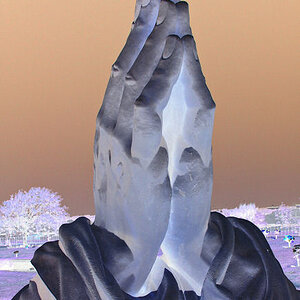
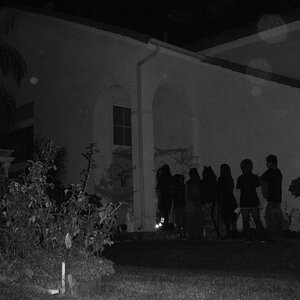
![[No title]](/data/xfmg/thumbnail/37/37620-c3155da657d8b81637b9050d879694f5.jpg?1619738152)
![[No title]](/data/xfmg/thumbnail/37/37488-1946adf246ec6e047915c668d3dcff15.jpg?1619738111)
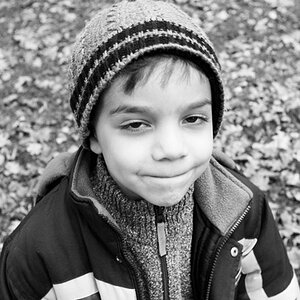
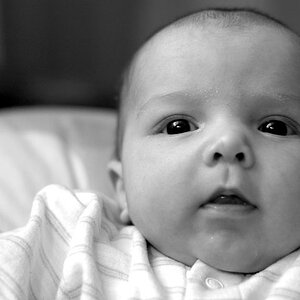
![[No title]](/data/xfmg/thumbnail/35/35946-771bfce9b2727c9126587d96c471da80.jpg?1619737254)
![[No title]](/data/xfmg/thumbnail/32/32174-b57e340fadfeea99045595146efd64b1.jpg?1619735235)
